JFM Q&A with Shijun Liao
Prof.-Dr. Shijun Liao – Shanghai Jiao Tong University has recently been appointed as an editorial board member of the Journal of Fluid Mechanics. To celebrate, Shijun Liao participated in a Q&A with the Journal.
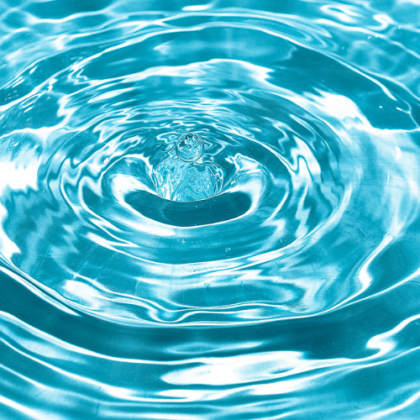
Prof.-Dr. Shijun Liao – Shanghai Jiao Tong University has recently been appointed as an editorial board member of the Journal of Fluid Mechanics. To celebrate, Shijun Liao participated in a Q&A with the Journal.

JFM Rapids is a well-established section in JFM that continues to provide a highly visible venue for short, high-quality, articles addressing timely research challenges of broad interest. The Rapids editors have selected the most interesting recent articles to inspire and motivate your submission.

2024 JFM-Flow China Symposium: from fundamentals to applied mechanics, was an a landmark event co-hosted by the School of Aeronautic Science and Engineering at Beihang University, Beijing and arttended by 160 local experts and 3000 online viewers in China.

JFM Rapids is a well-established section in the JFM that continues to provide a highly visible venue for short, high-quality, articles addressing timely research challenges of broad interest. The Rapids editors have selected the most interesting recent articles to inspire and motivate your submission.
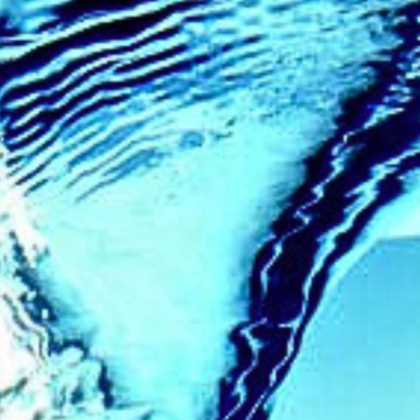
Lian-Ping Wang, Southern University of Science and Technology in China has recently joined the Journal of Fluid Mechanics Editorial Board for JFM Rapids. To celebrate, Lian-Ping Wang participated in a Q&A with the Journal.
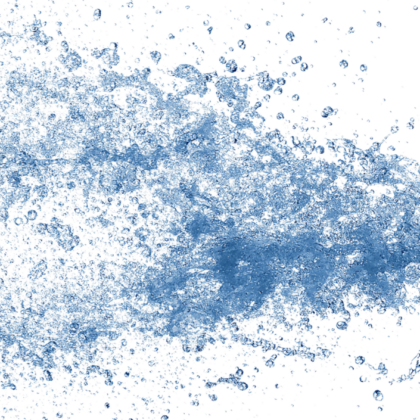
The first best paper prize will recognise an Emerging Scholar who published work in 2023 and the winner will be announced later this year.

Tamer Zaki (Johns Hopkins University) has recently joined the Journal of Fluid Mechanics Editorial Board for JFM Rapids. To celebrate, Tamer participated in a Q&A with the Journal.
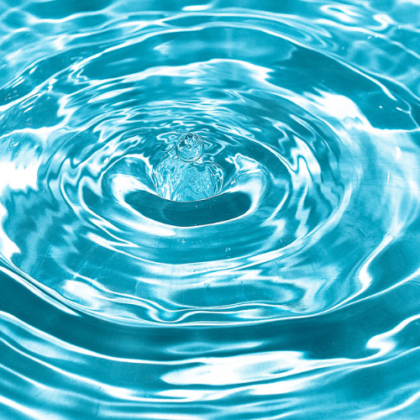
Sergio Pirozzoli of Sapienza University of Rome has recently been appointed as an editorial board member of the Journal of Fluid Mechanics. To celebrate, Sergio participated in a Q&A with the Journal.

Professor Yongyun Hwang, Imperial College London has recently been appointed as an editorial board member of the Journal of Fluid Mechanics. To celebrate, Yongyun participated in a Q&A with the Journal.

A spotlight on JFM Rapids, a well-established section in the Journal of Fluid Mechanics [JFM] that continues to provide a highly visible venue for short, high-quality, articles addressing timely research challenges of broad interest. In this collection, the Editors of JFM Rapids each explain why they selected one article that presents exciting results with exceptional impact on currently active fluid mechanics research.

In the following video, Professor Barton Smith of Utah State University explains his work on the fluid dynamics of a baseball pitch.…
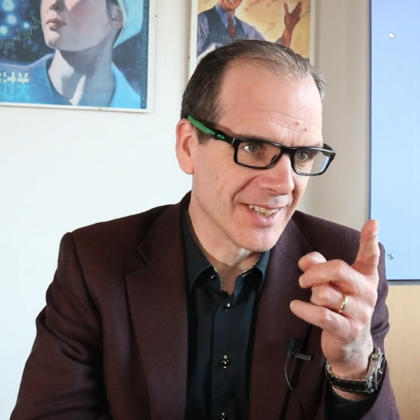
Professor Colm-cille Caulfield, Editor-in-Chief of Journal of Fluid Mechanics (JFM) discusses his first published paper in JFM. Multiple linear instability of layered stratified shear flow Colm also give us insight into changes that have occurred in the publishing process, over the past 30 years.
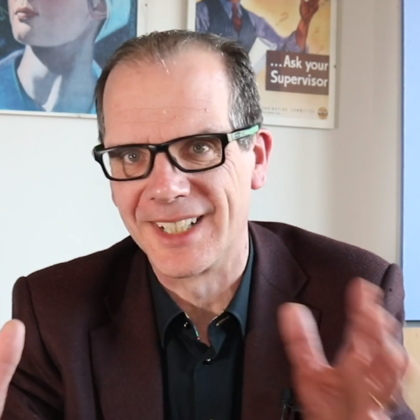
Professor Colm-cille Caulfield, Editor-in-Chief of Journal of Fluid Mechanics (JFM) discusses his career. Colm discusses common themes in his research. As well as his favourite fluid type. Colm also give us insight into his favourite JFM paper, and advice for students and authors.

We were excited to hold the JFM/FLOW 2023 China Symposium in Hefei in July 2023

Professor Colm-cille Caulfield discusses his first year as Editor-in-Chief of the Journal of Fluid Mechanics (JFM). Colm discusses his expectations of being Editor of the journal, what helped him prepare to take on the role and what policies he is personally proud to be a part of steering.
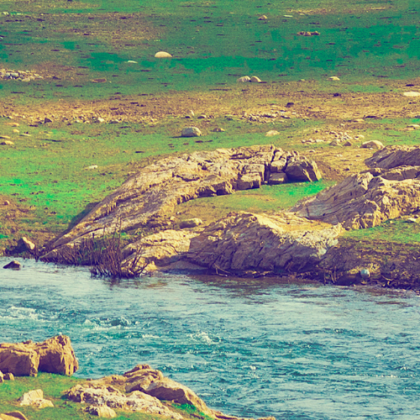
Blues fans out there may be familiar with the Led Zeppelin classic ‘When the Levee Breaks’, but what about when the levee forms? In particular, how do natural levees form in such an organised and well-engineered process?
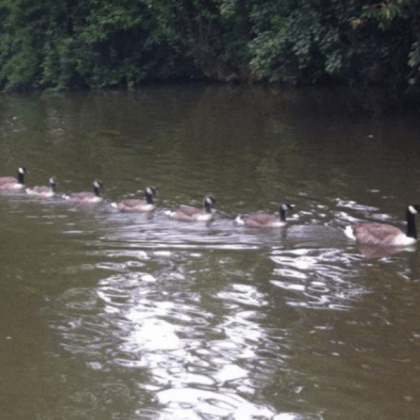
A study on duck swimming behaviour published in JFM secures the 2022 Ig Nobel prize in physics for Zhi-Ming Yuan, Minglu Chen, Laibing Jia, Chunyan Ji and Atilla Incecik
September 16th 2021 marked the 34th anniversary of the Montreal Protocol, one of the most successful climate initiatives in United Nations history.…
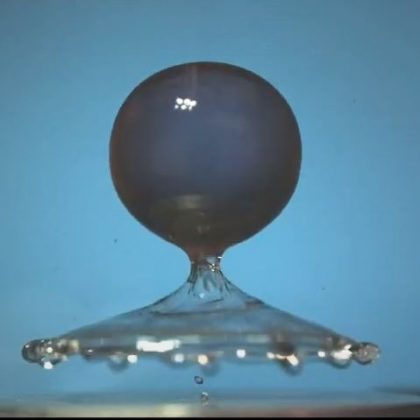
When a hydrogel bead is dropped onto a water droplet the fluid is lifted up from the surface creating some incredible structures such as the ‘reverse crown’ and the ‘dancing ballerina’.…

Why does cotton candy disintegrate in air? What happens when you add droplets to candy floss? And how is it made in the first place?…

Our bodies are complicated networks. Our vasculature – the veins, arteries, and capillaries that shuttle blood, oxygen, and nutrients to every part of us – is itself a complex series of interconnected tubes that span a wide range of length scales.…

We were excited to hold the JFM/FLOW 2022 China Symposium in Xi’an in June 2022. This is the second time Journal of Fluid Mechanics (JFM) has held a symposium in China but the first which included our new journal Flow. …

A recent study in the Journal of Fluid Mechanics has tried to understand and model the role of porosity present in the birds' wing on the combined aerodynamic and acoustic performance.
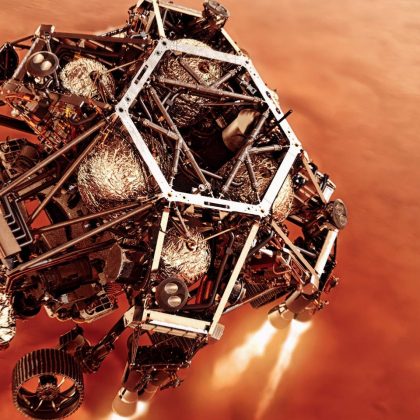
A new study in the Journal of Fluid Mechanics by an international team of scientists is on the cutting edge of research.

Are you passionate about fluid mechanics and its applications? Are you looking to develop your writing skills and engage with an audience that's just as enthusiastic on the subject as you are? We have the competition for you.

Experiments visualising the airflow when breathing, speaking and laughing, show that wearing a mask indoors can drastically reduce the risk of transmission of airborne particles.…

The tail (flagellum) of the sperm does not simply push the body, but uses a rhythmical beating with pushing and fraying over a 4-beat pattern, as demonstrated in the video.…

When navigating strong crosswinds birds adjust the angle of their body into the wind, whilst keeping their head fixed on the target destination, in order to maintain forwards motion.…

Current underwater vehicles are either difficult to manoeuvre making them unsuitable for sensitive work, or are extremely expensive. Gabe Weymouth and his team at the University of Southampton are designing new underwater robots based on the Plesiosaur – the dinosaur behind the legend of the Loch Ness Monster – which are much smaller, cheaper and more energy efficient.…
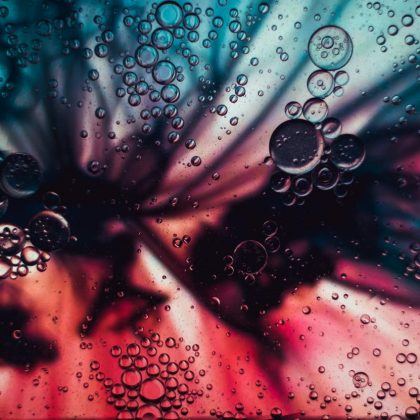
From rotating impellers stirring air into a liquid, to a turbulent jet entering a moving flow, mixing processes are essential to almost every industrial application you can think of.…

When an object, such as an aircraft or submarine, moves through a fluid it generates a ‘wake’ behind it which can be used by monitoring tools to detect its size and position.…

When catching prey underwater snakes use two main techniques: the frontal strike and the lateral strike. By studying real snakes in the lab at ESPCI/MNHN, Marion Segall was able to recreate the setup using a 3D-printed snake head and laser visualisation techniques, which allowed for the forces involved in each strike to be measured.…

The manufacturing process for toothpaste involves mixing together several fluid and solid components to create the non-Newtonian polymer used to clean your teeth.…

Termites live underground in termite mounds to protect themselves from the heat of the desert, but how do they keep their mounds cool?…
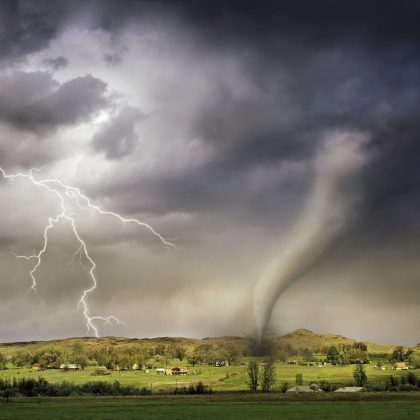
Before a tornado forms the pressure drop at the centre emits a dull tone at 5-10Hz which can be detected hours before it becomes dangerous.…

Congratulations to Alexander J. Smits on being awarded the 2020 Batchelor Prize ‘for seminal contributions to our understanding of the structure of wall turbulence at very large Reynolds and Mach numbers, especially through the design of innovative experiments and measurement devices, and also for pioneering work on bio-inspired propulsion and on drag reduction using modified surfaces’.…

Rogue Waves occur when a larger wave appears in a group of smaller waves. In some circumstances these can lead to an exaggerated ‘Spike Wave’, or a crashing wave resembling the Great Wave off Kanagawa by Hokusai.…
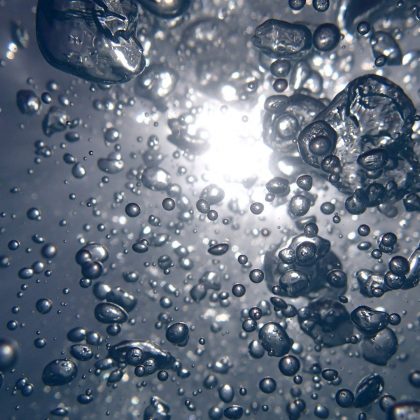
Star-nosed moles are able to smell underwater by quickly exhaling and re-inhaling air bubbles as they search for prey. The bubbles are trapped close to the moles nostrils by a ring of tiny pink tentacles, which gives rise to the name ‘star-nosed’.…

Jellyfish stingers reach an acceleration 50 times faster than that of a bullet as they are ejected from stinging capsules under high pressure.…
The Coconut Rhinoceros Beetle is an invasive species that if left alone would decimate citrus crops across California. To prevent this from happening, John Allen and his team at the University of Hawai’i have been working to hunt the insects down before they are able to reach the West Coast of the USA.…
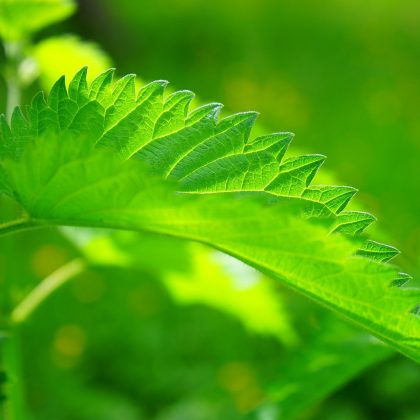
The leaves of stinging nettles are covered in ‘pipette-like’ stingers which penetrate the skin on contact and deposit a small amount of poison.…
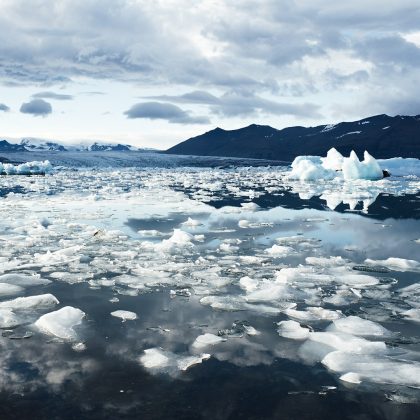
There is no doubt that sea ice in the polar regions is melting, but what is the exact role that this plays in the global climate system?…
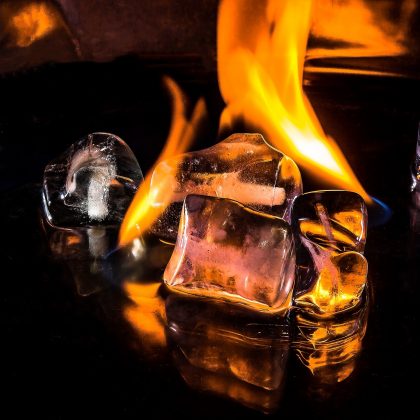
One of the clean-up methods used following an oil spill is to burn the fuel on the surface of the ocean.…

The flow of air around a sail is very different to that of a wing, but both generate significant lift force.…
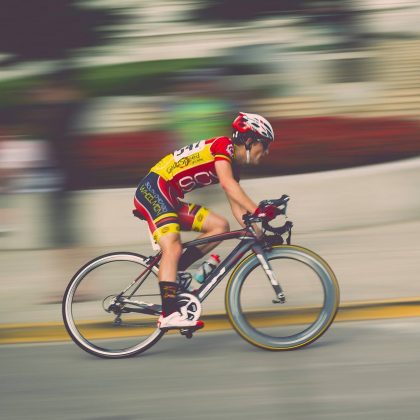
Cyclists can use up to 90% of their energy overcoming drag, which was the motivation behind the work of Ivaylo Nedyalkov at the University of New Hampshire, who was able to measure the force on each individual cyclist in a train formation to determine the best position to reduce your overall drag.…
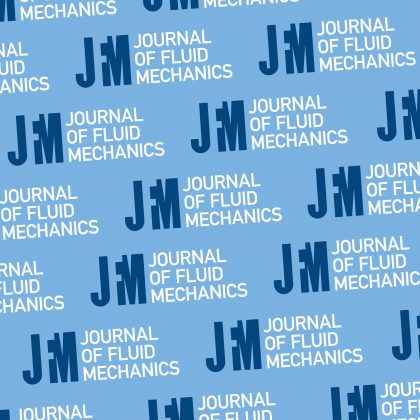
The Batchelor Prize for 2020 is awarded to Professor Alexander J Smits, Eugene Higgins Professor of Mechanical and Aerospace Engineering, Princeton University

By improving our understanding of turbulent flow over canopies we can design better cities to improve air quality. This is just one of the applications of the work of Alfredo Pinelli, a professor at City University of London working on Large Eddy Simulations (LES) of turbulence.…
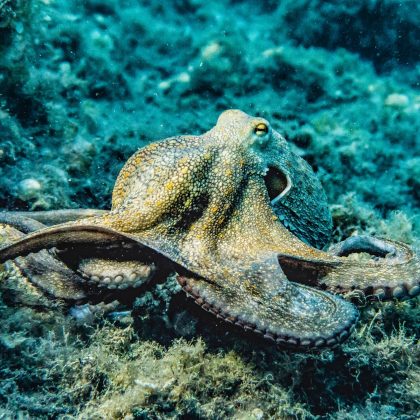
Current underwater vehicles are rigid in structure which limits their suitability for many tasks required for ocean exploration. Francesco Giorgio-Serchi is working with a team at the University of Southampton to design new robots based on squids and octopuses that are made entirely from silicone.…
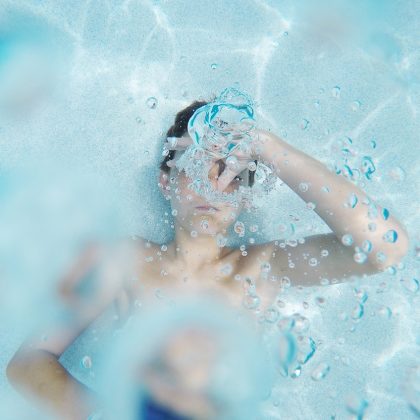
Removing water from your ear canal by shaking requires an acceleration 10 times that of gravity according to research from Sunny Jung at Virginia Tech (now Cornell).…

Following the Deepwater Horizon oil spill in 2010, scientists at the University of Cambridge have been studying underwater plumes to try to understand how the Earth’s rotation affects the spread of oil.…
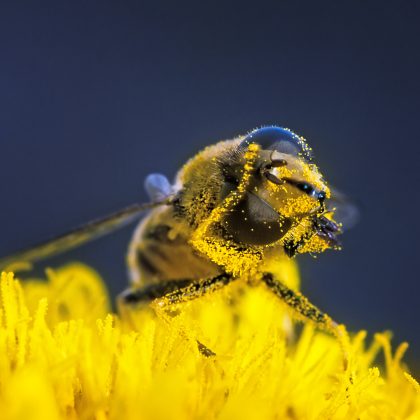
Pollen is the main source of protein in a honey bees diet and so it’s essential that they are able to carry enough of it safely back to the hive.…

The air density on Mars is 1/100th of that on Earth which means that current airborne vehicles cannot be used to explore the planet.…
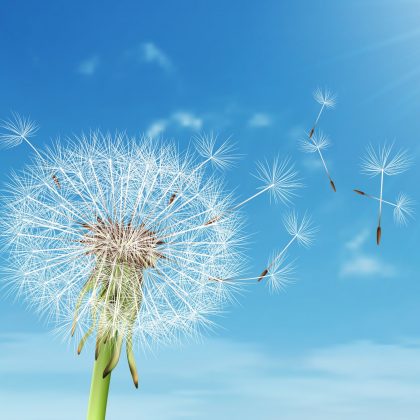
How are dandelion seeds able to travel distances of over 150km across oceans, with only small feathery bristles and the power of the wind?…

Citrus fruits contain small pockets of liquid which burst upon contact releasing a jet of strong smelling oil into the air.…
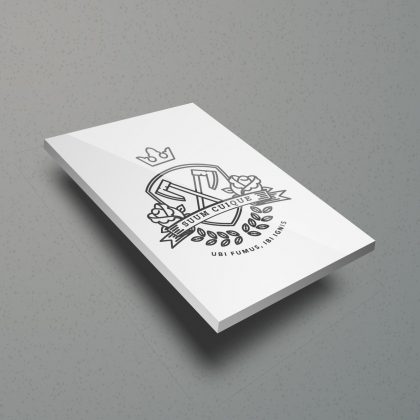
Air-tables create a thin film of air capable of supporting objects and causing them to levitate. By adding grooves to the table or the object, Professor John Hinch at the University of Cambridge was able to control the objects motion and describe the resultant acceleration in terms of a simple scaling relationship involving gravity and the aspect ratio.…

Using the surface tension of water and a hydrophobic coating on their legs, many insects are able to walk on water.…
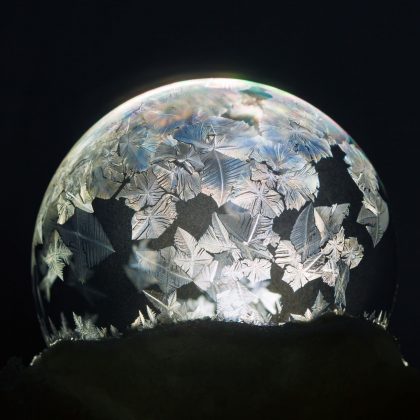
Freezing bubbles are not only beautiful, but also demonstrate incredibly complex physics. Here, Professor Jonathan Boreyko explains how bubbles freeze with examples of slow motion videos filmed in his laboratory at Virginia Tech.…

Measuring the forces present in an avalanche using light. Amalia Thomas from the University of Cambridge explains how to measure the forces between colliding particles in an avalanche based on their photo-elastic response and refractive index.
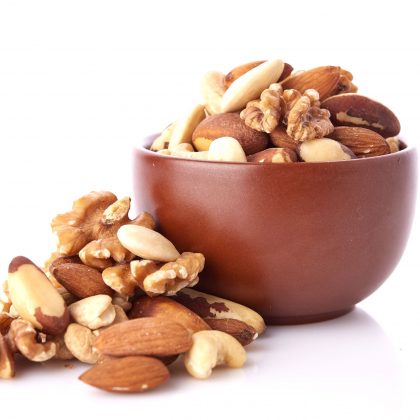
The brazil nut effect describes the movement of large particles to the top of a container after shaking. The same effect also occurs in avalanches where large blocks of ice and rocks are seen on the surface, and in a box of cereal where the large pieces migrate to the top and the smaller dusty particles remain at the bottom.

Five-time Olympic Biathlon Skiing Champion Martin Fourcade enlisted the help of two scientists - Caroline Cohen and Christophe Clanet at Ecole Polytechnique - to help to decide the best type of wax to use on his skis in the 2018 PyeongChang Winter Olympics. Here's how they did it...

Female musicians from the northern islands of Vanuatu use the water surface as an instrument to create a variety of unique sounds – slap, plunge, plow – which they accompany with singing.…

Vortex ring collisions are incredibly beautiful and also incredibly complex. Ryan McKeown of Harvard University explains his amazing experiments visualising colliding vortex rings and their transition to turbulence.…

With the nomination period for the 2020 Batchelor Prize coming to a close at the end of the month (31st May 2019), Dr Tom Crawford spoke to the previous winners to find out more about the legacy of the award.
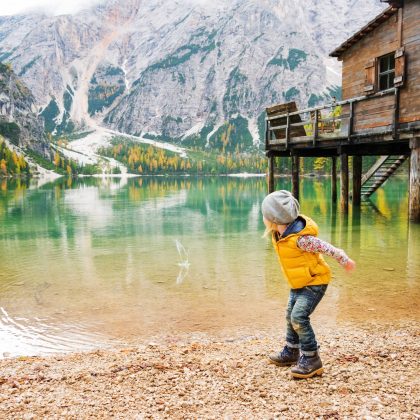
By bouncing elastic spheres across the surface of Bear Lake in Utah, researchers have discovered the physics behind stone skipping. The mechanism of ‘water walking’ occurs when a deformed sphere rotates continuously across the surface of the water giving the appearance that the sphere is literally walking on water.…
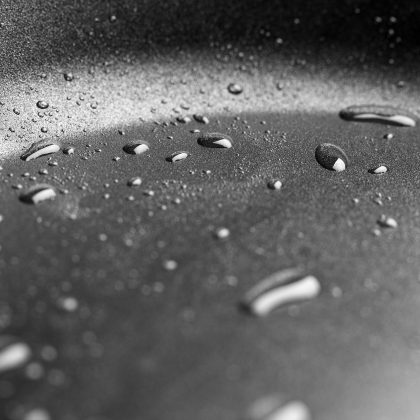
Cooking oil in a frying pan can be dangerous when the ‘explosive’ droplets touch your skin, but new research shows that they also increase the risk of indoor air pollution if not properly ventilated.…

Plesiosaurs ruled the oceans during the time of the dinosaurs with specially adapted flippers that enabled them to swim faster and with greater efficiency than any other animal.…

Renewable sources of energy such as wind and solar power are becoming commonplace across the world, but yet it often seems that we are still searching for the renewable resource that will revolutionise the energy industry.…
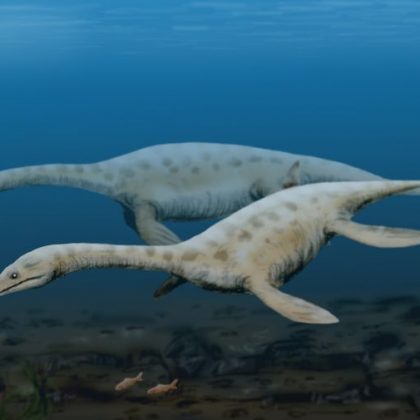
A robot that swims like a dinosaur, simulations of industrial mixing, and how to hide an object by controlling its wake – take a sneak peek at the latest in fluid dynamics research.…

Learn how snakes catch prey underwater, what birds do when flying through gusts, and how sperm swim. This video is part of a collaboration between FYFD and the Journal of Fluid Mechanics featuring a series of interviews with researchers from the #APSDFD 2017 conference.…

The third and final event of the JFM China Symposia was held at Tsinghua University in Beijing with a record attendance of over 300 delegates representing the full-scope of academic profiles, from professors to undergraduate students.…

The JFM China Symposia visited the second city of the tour at Zhejiang University in Hangzhou. Another action-packed day of scientific talks began with a fitting reference to the foundation of JFM by George Batchelor, courtesy of Keith Moffatt1: “Until 1956 there was no journal that was devoted to fluid dynamics in all its experimental and theoretical aspects, papers in fluid dynamics being widely spread over the literature of engineering, physics and mathematics.…
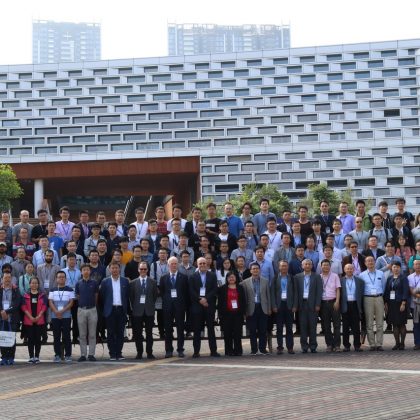
The first JFM Symposia in China began today in Shenzhen with an opening from the President of Southern University of Science and Technology, Shiyi Chen, praising the prestige and reputation of the Journal of Fluid Mechanics as he welcomed us to the futuristic Shenzhen campus. …
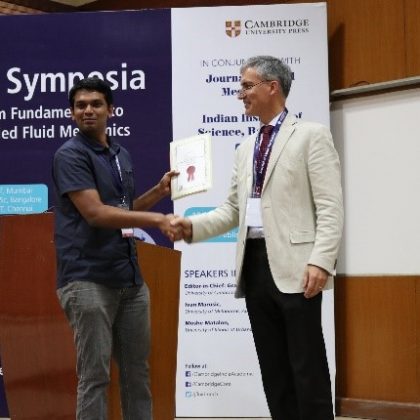
As mentioned in a blog entry about Bangalore, the Journal of Fluid Mechanics held its first series of mini-symposia in India in 2017.…

In addition to the full-day symposia in Mumbai, Bangalore and Chennai for the 2017 JFM Symposia in India, editorial board members of the Journal of Fluid Mechanics also conducted lab visits in each of the three cities.…

In 2017, the Journal of Fluid Mechanics held their first series of mini-symposia organised by editorial board members from the journal and world-class researchers based in India – notably Bangalore, Chennai and Mumbai.…

Tracking the invasive Rhinoceros Beetle in Hawai’i, studying how stinging nettles inject their toxin, and investigating the mechanism used by jellyfish to attack their prey – step inside the latest in Fluid Mechanics research.…

Learn how termites are inspiring new building designs, how the star-nosed mole can sniff underwater, and what goes into making your toothpaste!…

Get your summer sports kick with a peek at some of the latest research on sailing aerodynamics, cycling groups, and getting that pesky water unstuck from your ear after swimming!…

Listening to tornadoes to increase warning times and save lives, studying the effect of ice on the combustion of oil spills, and investigating how sea ice affects our climate – discover the latest research in Fluid Dynamics.…

Climate change is currently one of the biggest threats to human existence. Carbon sequestration – the storage of CO2 underground – is one innovative method that could help to reduce the amount of CO2 in the Earth’s atmosphere and ultimately save the human species.…

Dandelion seeds that outperform man-made parachutes, designing the flow over forest canopies, and bee-inspired micro-robots for exploring Mars – catch up on the latest in fluid dynamics research.…

Spring has almost sprung which means we’re taking a look at the fluid dynamics of bees, how to build squid-inspired robots and modelling oil plumes eight years on from the Deepwater Horizon oil spill.…

Oil jets from citrus fruits, balls that bounce on water, and self-propelled levitating plates – step inside some of the latest fluid dynamics research!…
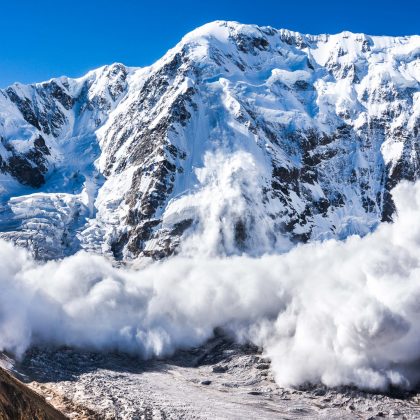
With cold weather and the Winter Olympics currently upon us, we bring you a special winter-themed video from JFM and FYFD.…

Dr. Tom Crawford, the Social Media Editor for JFM, documents the final leg of the first-ever JFM Symposia: From Fundamentals to Applied Fluid Mechanics that took place in the three Indian cities of Mumbai, Bangalore and Chennai in December 2017.…

Dr. Tom Crawford, the Social Media Editor for JFM, documents the start of the first-ever JFM Symposia: From Fundamentals to Applied Fluid Mechanics that took place in the three Indian cities of Mumbai, Bangalore and Chennai in December 2017.…

Every year the Gallery of Fluid Motion video contest features the newest and most beautiful research in fluid dynamics – get an inside look at some of this year’s entries and hear from the researchers responsible.…

As the Social Media Editor for JFM, I was kindly asked to document the first-ever JFM Symposia: From Fundamentals to Applied Fluid Mechanics that took place in the three Indian cities of Mumbai, Bangalore and Chennai in December 2017.…

Nano-materials are seen as the future in fields as diverse as medicine, technology and chemistry, but the methods used to create them are not yet fully understood.…

Maintaining water quality is a global concern and, with the onset of climate change and the increased expansion of the human population, it is likely only to become even more important in the future.…

In celebration of JFM Editorial Board member Detlef Lohse recently being awarded the APS 2017 Fluid Dynamics Prize, I present a special blog entry on his work.…
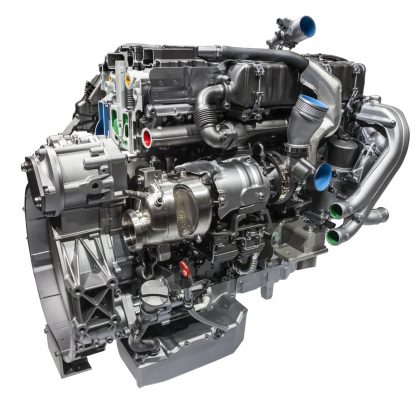
Or: How to start a fire Fuel inside an engine is subjected to high temperatures and pressures causing it to ignite and burn, but what exactly is the process by which this occurs?…

Avalanches and mudslides are a common occurrence in mountainous regions across the world and they can often cause severe loss of property and life.…

A new paper published recently in Journal of Fluid Mechanics (JFM) looked at numerical simulations of a blade slicing through a vortex and understanding how this action affects the flow field could lead to the design of safer helicopters.

New research published recently in JFM, will help to direct future research on the deployment of sensory arrays that could be used to guide underwater autonomous vehicles.
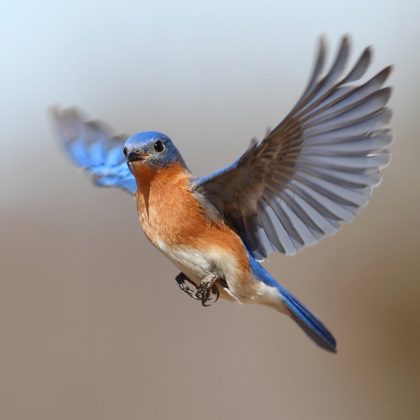
When a bird flaps its wings it generates thrust force which keeps it airborne, but how does this actually work? And how hard and how fast should they flap?

Watch an interview with Professor Raymond E. Goldstein

The G K Batchelor Prize for 2016 is awarded to Professor Raymond E. Goldstein FRS, Schlumberger Professor of Complex Physical Systems in the Department of Applied Mathematics and Theoretical Physics and Fellow of Churchill College, University of Cambridge.

An unexpected similarity between nature’s mechanisms and man’s techniques arise in a new study published in the Journal of Fluid Mechanics. The paper reveals how harbor seals can detect prey from far away, and it’s related to skiing.

The following is a Q&A held with Professor Detlef Lohse after he was presented with the 2012 Batchelor Prize at the International Congress on Theoretical and Applied Mechanics 2012 Q: What was it that attracted you to Fluid Mechanics research initially, and is it the same thing that motivates you now?…